

Obituary of a Beast(1985)
Between 1962 and 1966, sex murderer Jurgen Bartsch cruelly tortured and killed four children in an old air raid bunker in Germany. This documentary examines the personality of the killer who died in 1976 during voluntary castration surgery at the age of 30. Vilified by the press for his heinous crime, Bartsch also became a case study for famous found criminal psychologists like Alice Miller (who maintains that no one abuses without being abused as a child, and murderers tend to have their own childhood abuse denied by the adults around them). Bartsch never met his birth parents, he was raised in a clinic and later adopted by a cold, unaffectionate couple. By the age of 15, he tortured and killed his first child victim. This informative, fact-filled documentary provides enough details for viewers to come away with a broader understanding of the nature of the criminally insane and society's role in their formation.
Movie: Obituary of a Beast
Top 1 Billed Cast
Himself

Nachruf auf eine Bestie
HomePage
Overview
Between 1962 and 1966, sex murderer Jurgen Bartsch cruelly tortured and killed four children in an old air raid bunker in Germany. This documentary examines the personality of the killer who died in 1976 during voluntary castration surgery at the age of 30. Vilified by the press for his heinous crime, Bartsch also became a case study for famous found criminal psychologists like Alice Miller (who maintains that no one abuses without being abused as a child, and murderers tend to have their own childhood abuse denied by the adults around them). Bartsch never met his birth parents, he was raised in a clinic and later adopted by a cold, unaffectionate couple. By the age of 15, he tortured and killed his first child victim. This informative, fact-filled documentary provides enough details for viewers to come away with a broader understanding of the nature of the criminally insane and society's role in their formation.
Release Date
1985-01-01
Average
0
Rating:
0.0 startsTagline
Genres
Languages:
DeutschKeywords
Similar Movies
 7.0
7.0Murder: No Apparent Motive(en)
This documentary about serial killers and FBI Behavioral Sciences profilers features interviews with Ed Kemper and Ted Bundy as well as crime victims and law enforcement officials. The film includes some dramatic recreations.
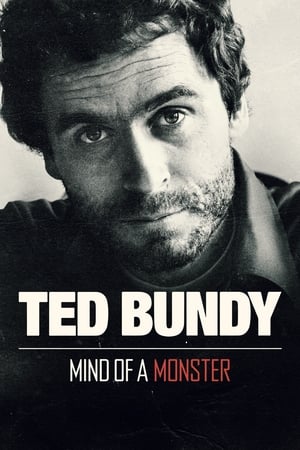 7.6
7.6Ted Bundy: Mind of a Monster(en)
New exclusive access and never before heard testimony gives a unique insight into the mind of America's most notorious serial killer, Ted Bundy. Breathtaking archive from the time and the voice of Bundy himself, reveals the monster inside the man.
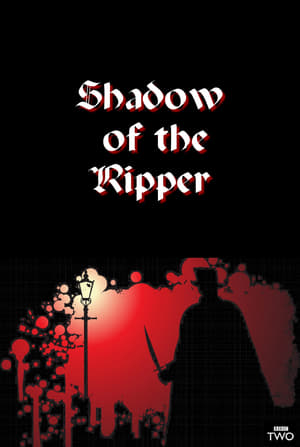 0.0
0.0Shadow of the Ripper(en)
Jack the Ripper was a prince, a pauper, a mason, a madman... A host of more and more bizarre theories have surrounded the unexplained killings in Whitechapel since they hit the headlines in 1888. This film dispels the grisly fiction, revealing for the first time the true contents of the police and Home Office files on the case, drawing on the expertise of historians and of those who have encountered today's killers - on the street or behind bars.
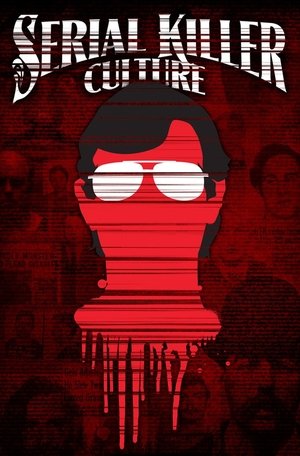 6.1
6.1Serial Killer Culture(en)
Serial Killer Culture examines the reasons why artists and collectors are fascinated by serial killers.
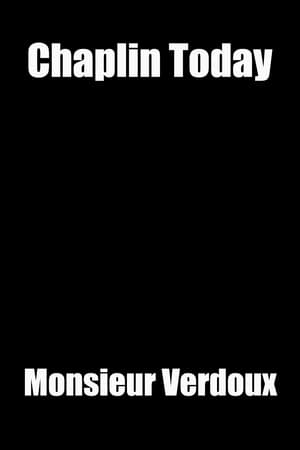 5.6
5.6Chaplin Today: 'Monsieur Verdoux'(en)
A short documentary in the Chaplin Today series about Chaplin's "Monsieur Verdoux." Includes an interview with Claude Chabrol, whose 1963 film "Landru" concerns the same serial killer that inspired Chaplin's film.
 6.4
6.4Tales of the Grim Sleeper(en)
When Lonnie Franklin Jr. was arrested in South Central Los Angeles in 2010 as the suspected murderer of a string of young black women, police hailed it as the culmination of 20 years of investigations. Four years later documentary filmmaker Nick Broomfield took his camera to the alleged killer’s neighborhood for another view.
 3.5
3.5Faces of Death III(en)
The third installment of the infamous "is it real or fake?" mondo series sets its sights primarily on serial killers, with lengthy reenactments of police investigations of bodies being found in dumpsters, and a staged courtroom sequence.
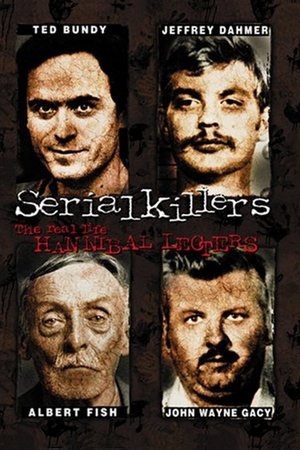 5.9
5.9Serial Killers: The Real Life Hannibal Lecters(en)
This documentary examines a selection of real life serial killers and compares them to the fictional Hannibal Lecter.
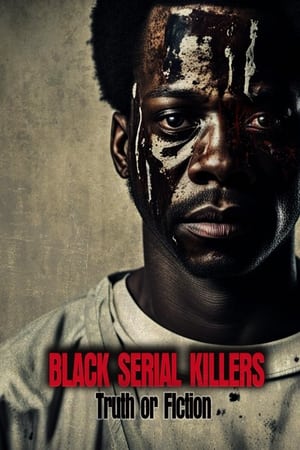 8.0
8.0Black Serial Killers:Truth or Fiction(en)
America has a fascination with serial killers. Many of them are household names, Ted Bundy, John Wade Gacy, Jeffrey Dahmer. But there is another group of serial killers with even higher body counts. However, chances are you've never heard of Samuel Little, The Grim Sleeper, or The Sunday Morning Slasher. Combined these men have 85 confirmed murders. There are no books, movies, or television shows about these killers. Why? Because they are black serial killers. Filmmaker Sean Reid explores black serial killers and the lack of public information and media representation about them. Reid interviews Allan Branson, a criminal justice professor. Branson discusses the history of African-American serial killers and the negative stereotypes and biases that have influenced their portrayal in the media.
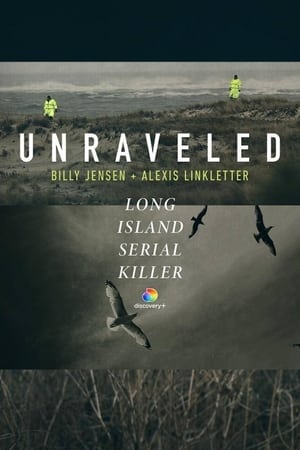 7.0
7.0Unraveled: The Long Island Serial Killer(en)
Eleven bodies are found dumped on Long Island between 2010 and 2011; journalists Alexis Linkletter and Billy Jensen investigate corruption at the highest level of the Suffolk County Police Department and why the case has never been solved.
 5.4
5.4Albert Fish: In Sin He Found Salvation(en)
Albert Fish, the horrific true story of elderly cannibal, sadomasochist, and serial killer, who lured children to their deaths in Depression-era New York City. Distorting biblical tales, Albert Fish takes the themes of pain, torture, atonement and suffering literally as he preys on victims to torture and sacrifice.
 6.1
6.1The Case of Bruno Lüdke(de)
The incredible story of Bruno Lüdke (1908-44), the alleged worst mass murderer in German criminal history; or actually, a story of forged files and fake news that takes place during the darkest years of the Third Reich, when the principles of criminal justice, subjected to the yoke of a totalitarian system that is beginning to collapse, mean absolutely nothing.
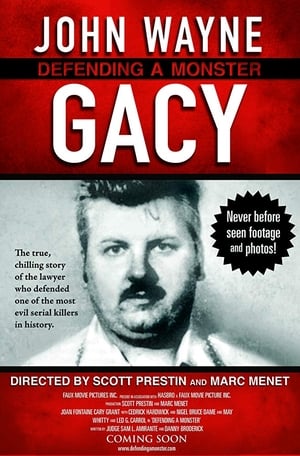 7.0
7.0John Wayne Gacy: Defending a Monster(en)
"Sam, could you do me a favor?" A seemingly simple request sparks the story that has now become part of America’s true crime hall of fame - the journey of a young lawyer, fresh from the Public Defender’s Office, whose first client in private practice turns out to be the most evil serial killer in our nation's history.
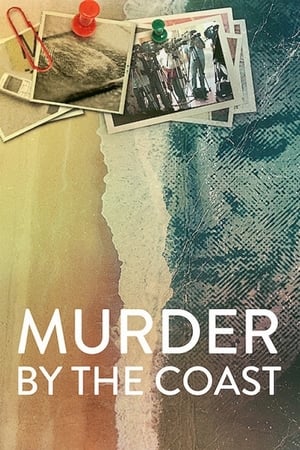 6.3
6.3Murder by the Coast(es)
In 1999, teen Rocío Wanninkhof is murdered. Her mother's ex-partner, Dolores Vázquez, is suspected. Did she do it? A second victim reveals the truth.
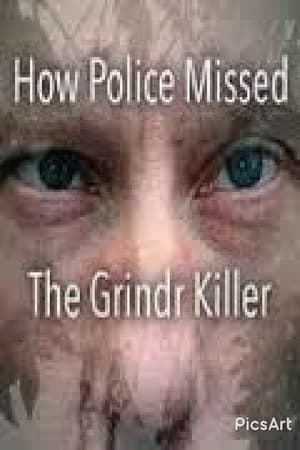 4.0
4.0How Police Missed the Grindr Killer(en)
The story of how police repeatedly allowed a serial murderer to slip through their fingers. Stephen Port date-raped and murdered four young gay men in East London within fifteen months and dumped all four bodies within a few hundred metres of each other. The film tells the story through eyes of the families of Port's victims, unpicking how the police failed to properly investigate each of the deaths in turn. The police's assumptions that these young gay men had died from self-inflicted overdoses of chem-sex drugs allowed Port to continue raping and killing innocent young men.
 0.0
0.0Lucy Letby: The New Evidence(en)
In the eyes of the law, former neonatal nurse Lucy Letby is one of Britain's worst ever serial killers, found guilty of the murder of seven babies and the attempted murder of many others. This documentary explores new questions that have emerged about the case, as well as meeting experts who hope to have it officially reviewed
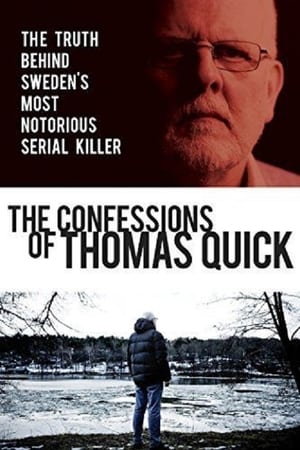 6.3
6.3The Confessions of Thomas Quick(en)
A loner from an early age, Thomas Quick went on to become Sweden's most notorious serial killer, openly confessing to the gruesome murders of more than 30 people. Held for decades in a psychiatric institute, Quick's confessions emerged after years working with a group of touchy feely therapists, convinced that the recovery of memories would cure patients of their criminality. In a country with a low crime rate, the nation watched with horror as Quick's confessions mounted, accounting for many of the country's unsolved murders. With testimonials from a range of people whose lives have been dominated by this story - including Quick himself - and dramatic reenactment, Brian Hill weaves a stylish noir thriller that works a treat on the big screen. What appears at first to be a tale of unimaginable evil evolves into something much more layered as Hill digs deep into the motivations behind those working closely with Quick.
 7.3
7.3Escaping Captivity: The Kara Robinson Story(en)
Kara Robinson Chamberlain recounts in vivid detail being taken at gun point from a friend’s front yard. Forced into in a cramped, dark storage container in her captor’s car, Kara instantly knew her life was in grave danger. In a moment she describes as a divine intervention, the 15-year-old realized she had to be her own victor and take her life back; she had to escape.
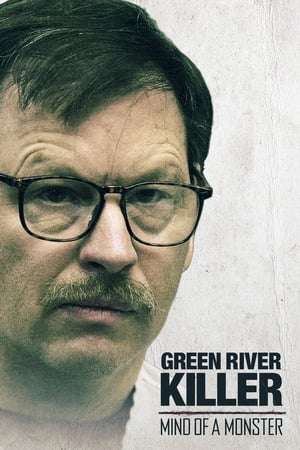 0.0
0.0The Green River Killer: Mind of a Monster(en)
Beginning in the early 1980s, Washington state was gripped with fear as the bodies of young women began appearing along the banks of the Green River. As the number of victims grew, investigators created a taskforce and enlisted the help of the FBI, but it took almost 20 years to finally catch their man. Through startling and chilling tapes and video archive of Gary Ridgway’s police interviews, The Green River Killer: Mind of a Monster reveals, in Ridgway’s own disturbing words, insight into his evil: from how his troubling behavior as a child morphed into his morbid motivation to murder as many women as possible.
 1.0
1.0Village of the Missing(en)
The Bruce McArthur serial killer case shocked Canada’s largest city, and the whole country, when he was convicted of eight grisly murders. How did McArthur avoid arrest for nearly a decade? This film explores the untold story of Toronto’s Gay Village, and the victims of these horrific crimes.